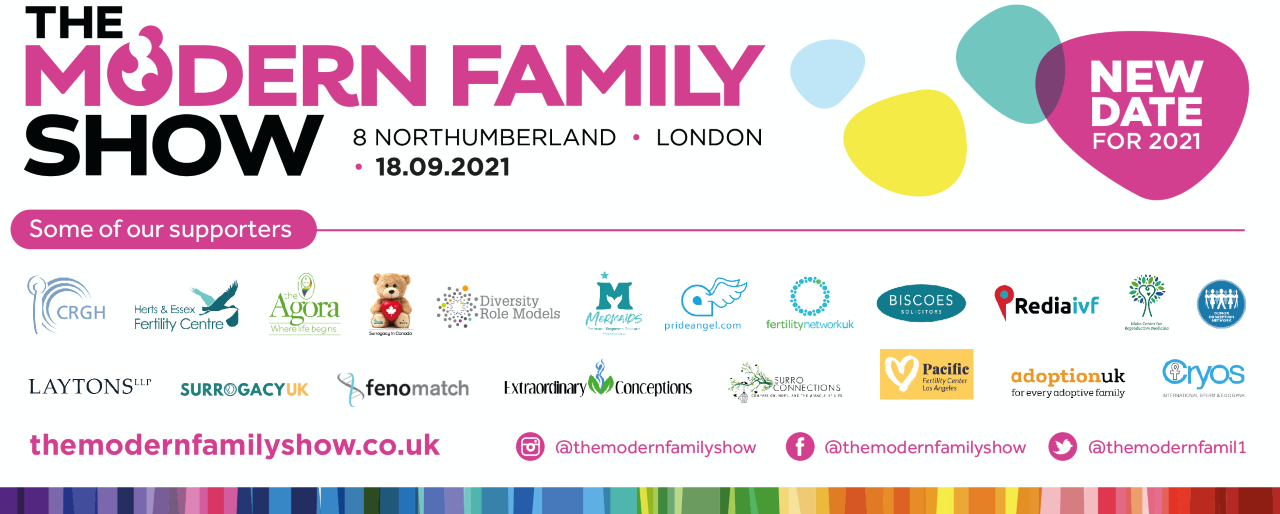
5 Tips on Being a Trans Ally
By Oliver Rieche, Trainee Solicitor & Co-Chair (UK) of PRISM

Don't make assumptions about a transgender person's sexual orientation.
Gender identity and sexual orientation are two very different things! Sexual orientation is about who we are attracted to. Gender identity is about our own personal sense of being a man or a woman, or outside that gender binary. Transgender people can be gay, lesbian, bisexual, or straight.
Understand there is no "right" or "wrong" way to transition; it is different for every person.
Some transgender people access medical care like hormones and surgeries as part of their transition to align their bodies with their gender identity. Some transgender people do not wish to do so while others might lack the financial means to access such medical care. A transgender person's identity is not dependent on medical procedures or their physicality. If someone tells you they are transgender, accept that they are.
Don't ask a transgender person for their "real name."
Respect the name a transgender person is currently using. If you happen to know the name someone was given at birth but no longer uses, don't share it without that person's permission.
Challenge anti-transgender remarks or jokes in public spaces, including LGB spaces.
You may hear anti-transgender comments from anti-LGBTQ activists, but such comments could even come from LGB people. It is important to challenge anti-transgender remarks or “jokes” no matter who says them.
Help make your company or group truly trans-inclusive.
"LGBT+" is now a commonplace term that joins lesbian, gay, bisexual, and transgender people under the same acronym. If you are part of a company or group that says it is “LGBT+ inclusive”, remember that transgender people face unique challenges, and that being LGBT+ inclusive means truly understanding the needs of the trans community and implementing policies that address them.

